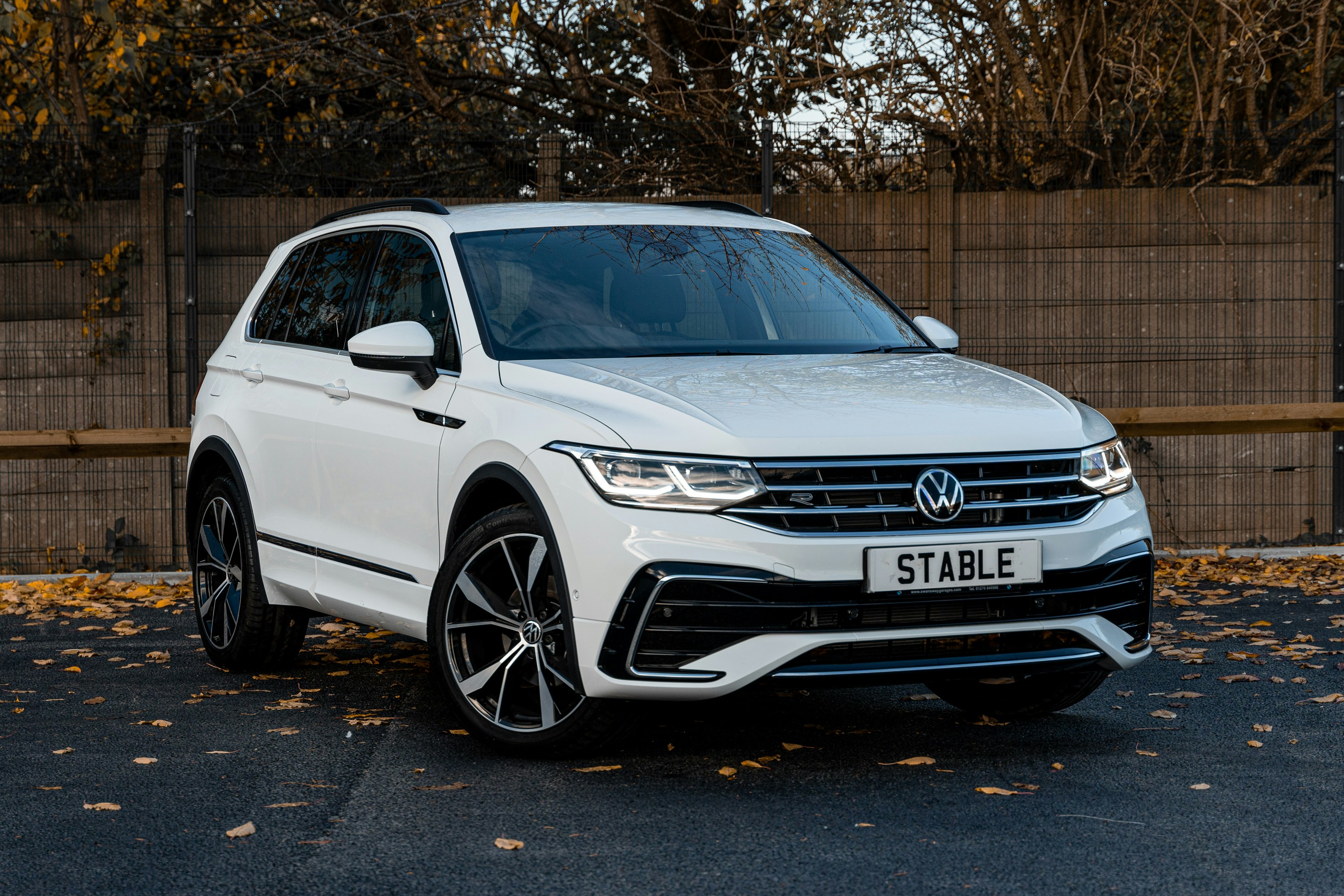Reimagining the Automotive Art of Paint Protection Films
Introduction: Imagine owning a gleaming new car, the envy of every passerby. But with every drive, you live in constant worry of scratches, stone chips, and harsh weather conditions. Thankfully, the innovative technology of Paint Protection Films (PPF) is here to the rescue.

A Journey Back in Time: The Origin of Paint Protection Films
The story of Paint Protection Films (PPF) is as interesting as the technology itself. Originally developed by the US military during the Vietnam War, the primary goal was to protect helicopter rotor blades from debris and sand particles. The urethane-based material served its purpose remarkably well, and it wasn’t long before its potential applicability to the automotive industry was recognized.
The Nuts and Bolts of Paint Protection Films
Paint Protection Films are made of durable, high-grade thermoplastic urethane. This material is known for its toughness and elasticity, making it a perfect shield against scratches, chips, and minor abrasions caused by road debris. The film is virtually invisible and does not alter the appearance of the car.
The Current Landscape: PPF in Today’s Automotive World
The use of PPF is becoming increasingly popular among car owners. With the automotive paint job becoming more sophisticated and expensive, protecting it with a film is a wise investment. The film not only preserves the car’s aesthetic appeal but also maintains its resale value. In addition, many PPFs now come with self-healing properties, meaning minor scratches can disappear with heat application.
The Impact: Benefits and Challenges of PPF
PPF offers numerous benefits, but it’s not without its challenges. On the upside, it provides an effective barrier against environmental damage, preserves the car’s aesthetic appeal, and can even boost its resale value. On the downside, improper installation can lead to unsightly bubbles and peeling. Also, while PPF protects against minor damages, it’s not invincible against more significant impacts.
The Future of PPF: Trends and Predictions
As the automotive industry continues to evolve, so does the technology behind PPF. The future holds promise for films that offer greater durability, enhanced clarity, and even color-changing features. Some manufacturers are already experimenting with ceramic-infused films, promising superior scratch resistance and heat dissipation.
In conclusion, Paint Protection Films represent an intriguing blend of military technology and automotive innovation. While they may not be a panacea for all exterior car damage, they offer an effective solution for maintaining a vehicle’s pristine appearance and protecting its value. As the technology continues to evolve, the future of PPF looks promising, making it a topic worth keeping an eye on for every car enthusiast.




